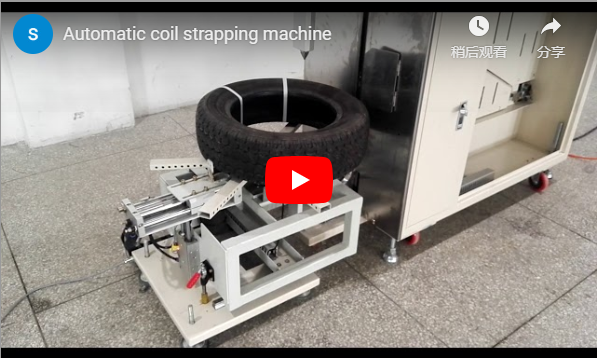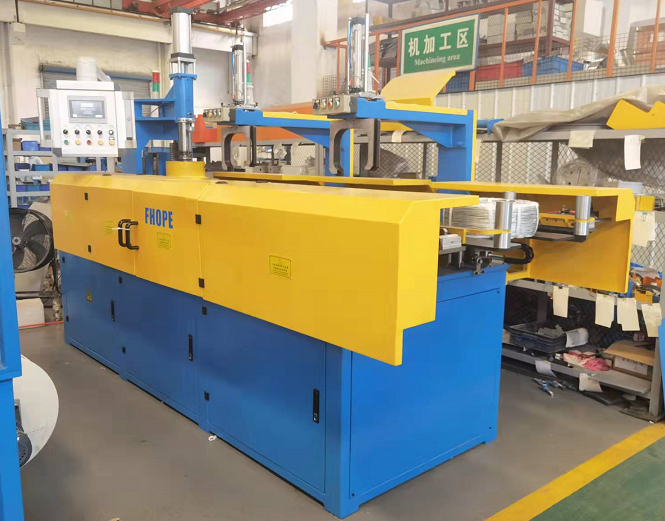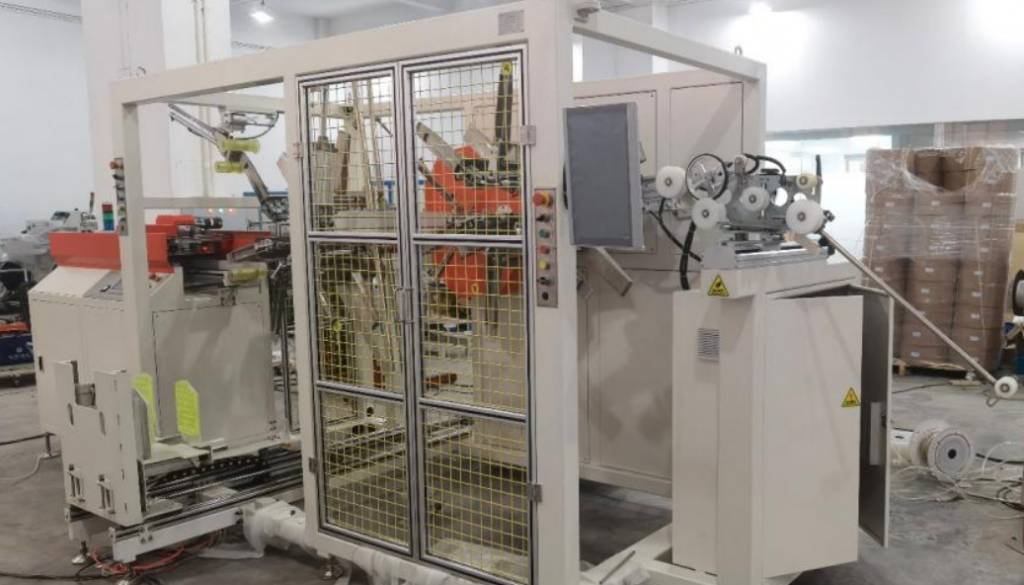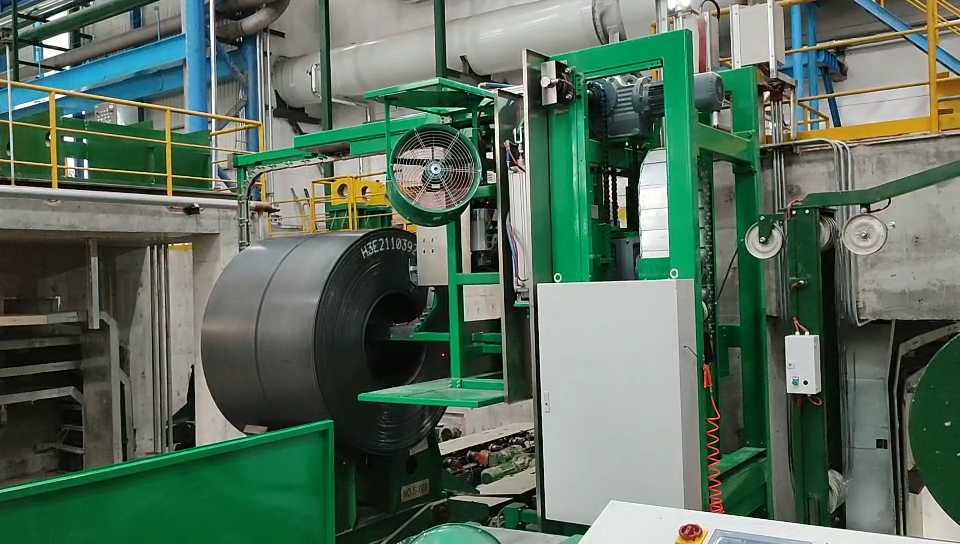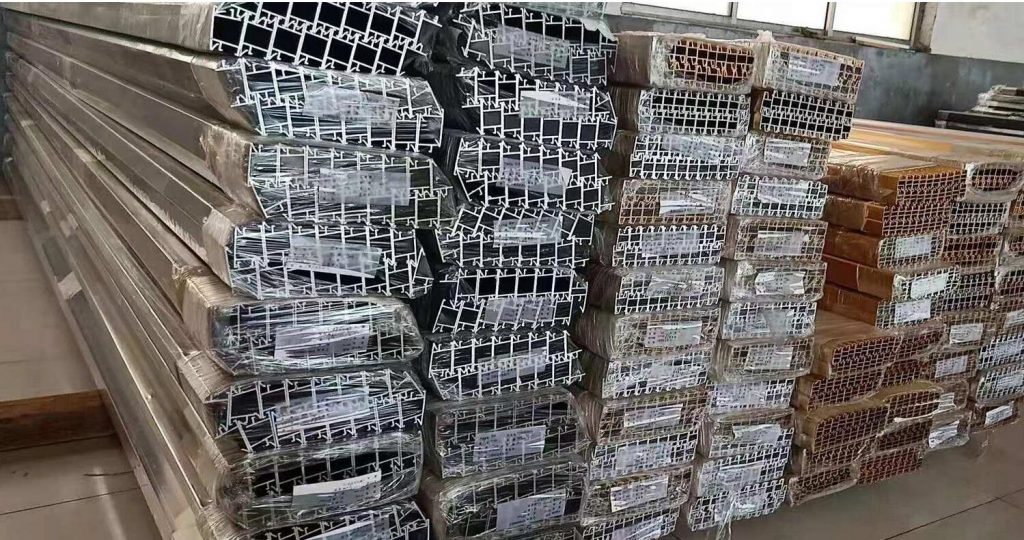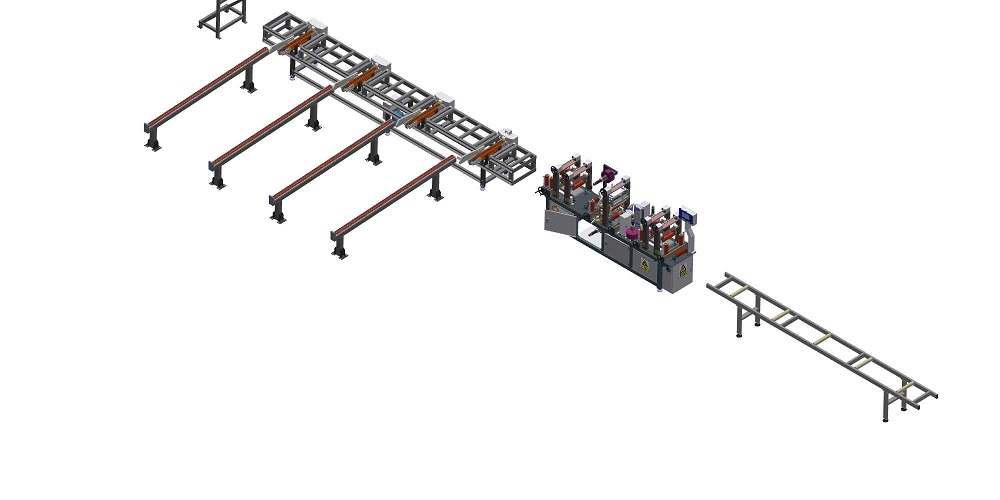Enhancing Steel Pipe Logistics: The Role of Automated Packing and Strapping Systems
The efficient handling and packaging of steel pipes present significant challenges in the demanding environment of steel mills and distribution centers. Manual processes are often labor-intensive, prone to inconsistencies, and pose potential safety risks. Addressing these challenges, automatic steel pipe packing and strapping machines have emerged as indispensable assets, streamlining end-of-line operations and enhancing overall supply chain efficiency. These systems, integrating sophisticated mechanics and control technology, provide consistent, secure bundling essential for safe transport and storage.
The Imperative for Automation in Pipe Handling
Traditional methods of bundling and strapping steel pipes manually are often bottlenecks in production flow. Key limitations include:
- Low Throughput: Manual packing significantly limits the speed at which pipes can be processed.
- Inconsistent Bundle Quality: Achieving uniform tightness and strap placement manually is difficult, potentially leading to load instability.
- Ergonomic Risks: Handling heavy pipes and operating manual strapping tools repeatedly expose workers to musculoskeletal injuries.
- Labor Costs: Significant manpower is required for manual packing operations.
As highlighted in various industry analyses, such as those featured in logistics and manufacturing journals, the drive towards automation in heavy industries is primarily motivated by the need for increased productivity, improved safety standards (aligning with regulations like OSHA or EU directives), and cost reduction.
Operational Principles of Automated Pipe Packing Systems

An automatic steel pipe packing and strapping machine executes a precise sequence of operations, typically managed by a Programmable Logic Controller (PLC):
- Infeed and Alignment: Pipes are received from the production line, often via roller or chain conveyors. Sensors and mechanical guides ensure proper alignment and count verification before layering.
- Layer Formation & Stacking: Pipes are arranged into layers, often forming hexagonal bundles for optimal density and stability – a configuration frequently discussed in packaging research for cylindrical objects. Lifting mechanisms or robotic arms carefully stack these layers to achieve the desired bundle size.
- Bundle Compression: Once the stack is formed, a compression system (hydraulic or pneumatic) applies uniform pressure to create a tight, stable bundle, minimizing movement during strapping.
- Strapping Application: High-tensile strapping material, typically Polyethylene Terephthalate (PET) or steel strapping, is automatically fed from dispensers. Strapping heads traverse the bundle, applying straps at pre-programmed intervals. Advanced systems utilize friction-weld sealing or seal-less joint technology for PET straps, eliminating metal seals and enhancing joint efficiency, a topic often explored in patent literature (e.g., patents related to strap tensioning and sealing mechanisms). Steel strapping typically uses notch or seal joints.
- Tensioning and Sealing: The machine precisely tensions each strap to a predetermined force, ensuring bundle integrity without damaging the pipes. The straps are then securely sealed.
- Outfeed: The completed, securely strapped bundle is discharged onto an outfeed conveyor or storage area, ready for shipment.
Key Technologies and System Components
Modern automated pipe packaging lines incorporate several advanced technologies:
- Control Systems: PLCs (e.g., Siemens S7, Allen-Bradley ControlLogix) orchestrate the entire process, integrated with Human-Machine Interfaces (HMIs) for operation monitoring, parameter adjustment, and diagnostics.
- Sensors: Photoelectric, inductive, laser, and vision sensors monitor pipe presence, position, bundle dimensions, and strap placement, ensuring operational accuracy and safety. Research papers often detail sensor fusion techniques for enhanced reliability in industrial environments.
- Strapping Heads: High-performance strapping heads are critical. Innovations focus on speed, reliability, and joint strength. Friction-weld technology for PET strapping is particularly prevalent due to its speed and elimination of metal seals.
- Conveying Systems: Robust roller or chain conveyors designed for heavy loads facilitate smooth material flow. Variable Frequency Drives (VFDs) often control conveyor speeds for synchronization.
- Safety Features: Compliance with international safety standards (e.g., ISO 13849, CE Marking) is paramount. Systems include light curtains, safety interlocks, emergency stops, and physical guarding.
Typical System Parameters:
- Pipe Diameter Range: Varies widely based on application (e.g., 15 mm - 500 mm+)
- Pipe Length Range: (e.g., 3 m - 18 m)
- Bundle Shape: Hexagonal, square, rectangular
- Max Bundle Weight: (e.g., 1 Tonne - 10 Tonnes+)
- Strapping Material: PET (e.g., 19mm - 32mm width) or Steel (e.g., 19mm - 32mm width)
- Cycle Time: Highly variable, dependent on bundle size and number of straps (e.g., 60 - 180 seconds per bundle)
- Throughput: Calculated based on cycle time and operational efficiency (e.g., 20 - 60 bundles per hour)
Quantifiable Advantages and Industry Impact
The adoption of automatic steel pipe packing and strapping machines delivers significant, measurable benefits, frequently cited in case studies published in trade magazines like MM MaschinenMarkt or Stahl und Eisen:
- Increased Productivity: Drastically reduces packing cycle times compared to manual methods, boosting overall plant output.
- Enhanced Bundle Integrity: Consistent strap tension and placement ensure secure, stable bundles, reducing transit damage.
- Improved Worker Safety: Automates heavy lifting and repetitive strapping tasks, minimizing ergonomic hazards.
- Reduced Labour Costs: Reallocates manpower from manual packing to more value-added tasks.
- Optimized Material Usage: Precise strap application and tension control can minimize strap consumption.
- Seamless Integration: Systems can be integrated with upstream manufacturing processes and downstream logistics (MES/ERP systems) for full process visibility and control.
Future Trends and Innovations
Ongoing research and development, reflected in patent activity and technical papers, point towards further advancements:
- IIoT Integration: Connecting machines for remote monitoring, predictive maintenance, and performance analytics.
- Robotic Integration: Increased use of robots for pipe handling, layer forming, and even strap placement offers greater flexibility.
- Advanced Vision Systems: Implementing AI-powered vision for quality inspection (e.g., surface defect detection) before bundling.
- Sustainable Strapping: Development and adoption of strapping materials made from recycled content or biodegradable polymers.
In conclusion, automatic steel pipe packing and strapping machines represent a critical technology for optimizing logistics within the steel industry. By leveraging automation, manufacturers and distributors can achieve higher efficiency, improved safety, consistent quality, and reduced operational costs, strengthening their competitive position in the global market.

